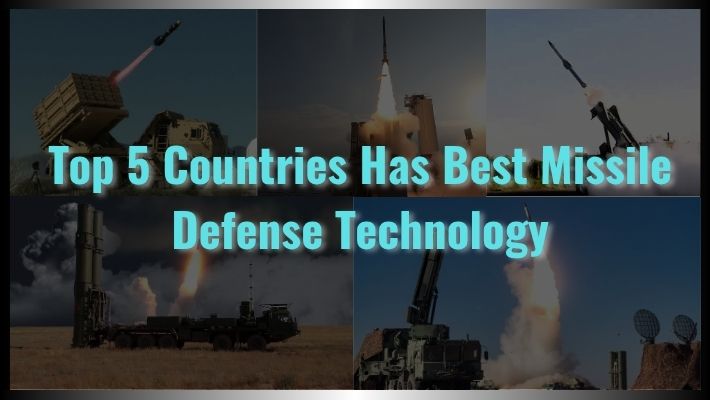
Missile defense systems have long since become a pillar of national security in an age when geopolitical tension is precarious and war is no longer confined to conventional battlefields with contingents. These systems are designed to detect, intercept, and destroy approaching ballistic or cruise missiles to protect the target from a catastrophic attack, so missile defense systems are aptly called ‘shields.’ The technological sophistication of such systems has evolved over decades through innovations in radar tracking, satellite surveillance, interceptors, and even AI.
Missile defense capabilities are held by many nations today. Yet, only a very few countries have truly developed systems that are highly complex, corner-tested, defense-layer-architectured, and extremely expensive in R&D, along with a defense budget to fend off ever-growing threats, particularly from rogue states or a kind of non-state actor who has access to long-range missile technologies. This article dives into the top five countries holding the world's best missile defense technology and investigates what makes the systems of each country unique, strong, and crucial to maintaining a strategic-level edge across the globe.
United States
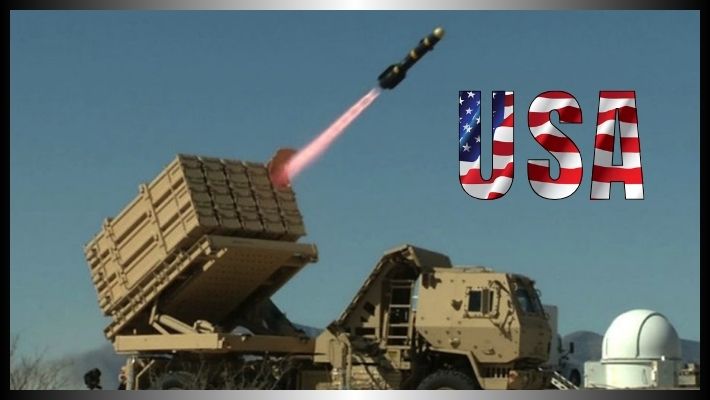
The U.S. is typically considered the global leader in the most advanced missile defence system. Its systems are the most complete, layered, and battle-tested in the world. The Missile Defense Agency (MDA) of the U.S. has created a multi-tiered missile defense architecture having land-based, sea-based, and space-based systems.
Among American missile defense systems, GMD, Aegis BMD, THAAD, and Patriot are its crown jewels. GMD is intended to intercept ICBMs in space, while Aegis, also considered its most mobile system, being deployed on Navy ships, intercepts threats of a short to intermediate range. THAAD and Patriot ambitiously try to intercept at the terminal phase, the very final layer of defense.
Also, the U.S. has pioneered the use of AI and space sensors in missile defense for enhancing real-time decision-making and threat detection. Its global network of defense installations and partnerships (including NATO, Japan, and South Korea) ensures that the U.S. projects missile defense far beyond its borders.
Israel
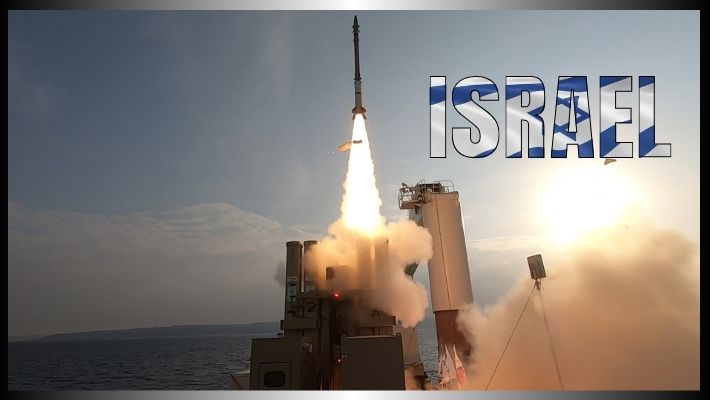
Despite its size, it still remains blessed with the best air defense systems that are battle-proven due to persistent threats emanating from neighboring territories and state actors. Israel makes defense systems capable of handling anything from short-range rockets to medium-range ballistic missiles on a multi-layered level through cooperation with the United States.
With this in mind, the Iron Dome is perhaps the most famous missile defense tool, with an almost 90% success rate in the interception of short-range rockets. Complementing it is the David's Sling, designed for interception of medium-range threats. The Arrow missile system, in turn, intercepts long-range ballistic missiles at high altitudes and speeds.
Factors that separate Israel are not just technology but perhaps the frequency with which these systems are used in actual combat. Real-time threats constantly put Israel's missile defense systems to the test, forcing them to evolve and giving them a decisive advantage in operational readiness and efficiency.
Russia
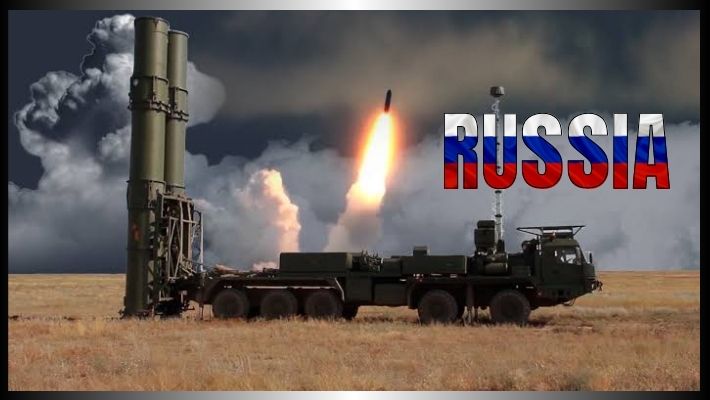
Russia has a bigger say in missile defense, although its strategic defense initiatives are different from those of the West. Unlike missile-defense approaches of Western Persuaders, where the missile defense capacities are intimately interlinked with the country’s strategic nuclear prevention while specifically aiming at the protection of critical infrastructure and big cities such as Moscow.
The Russian A-135 anti-ballistic missile system, which operates around Moscow, is one of the few systems in the world capable of intercepting incoming ICBMs. The replacement system, known as A-235 Nudol, is currently under development and promises some considerable enhancements like kinetic kill vehicles and, possibly, space-based components.
Furthermore, with its S-400 and S-500 systems, Russia claims to have very advanced, comprehensive air and missile defense. The S-500 Prometey can deal with threats from hypersonic missiles and satellites, thus placing Russia ahead in the missile defense arms race for the next generation. While many of the Russian systems remain concealed, their abilities continue to expand and develop, rendering them one of the most formidable powers in the world.
China
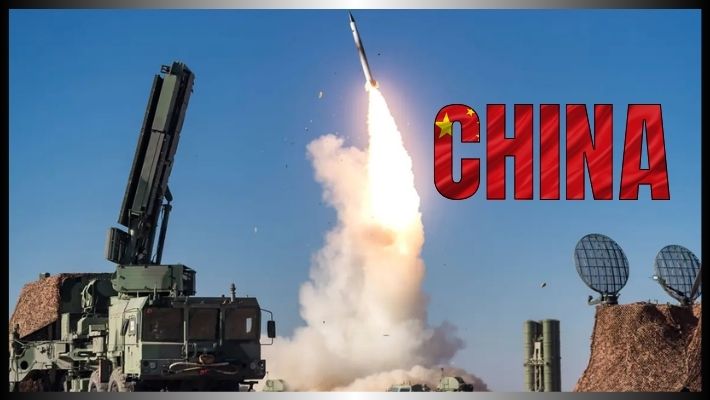
China swiftly developed missile defense capability as an integral part of its military modernization efforts. Due to potential conflicts with the U.S. and Taiwan in the Asia-Pacific region, China has invested heavily in building a layered missile defense strategy. HQ-9 systems, long-range air defense, are the Chinese equivalent of the American Patriot system. The newer HQ-19 is for intercepting ballistic missiles. China has also tested mid-course interception systems, showing certain progress in the capability of countering ICBMs.
The development of hypersonic weapons in China is indicative of an equal need for missile defenses against such threats. It is purported that they are working on space-based missile defense, early warning systems, and laser technologies, though little is known. Certainly, China's path toward being a missile defense superpower seems to be aided by its recent trend of developed technological self-reliance and fast expansion.
India
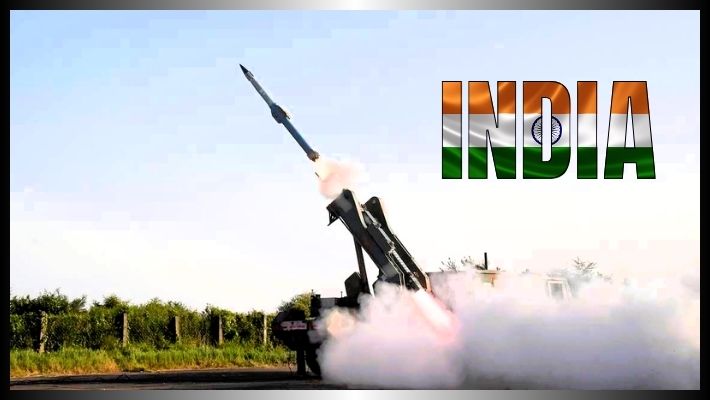
India features in this list because of its strategic foresight and steady advances in indigenous missile defenses. Situated in a volatile neighborhood, with nuclear weapons and nuclear-capable adversaries of China and Pakistan, the country thought it pertinent to pursue a two-tier Ballistic Missile Defense system. India’s BMD program aims at developing Prithvi Air Defence (PAD) and Advanced Air Defense (AAD) systems to intercept incoming targets at exo-atmospheric and endo-atmospheric altitudes, respectively. Several successful intercept tests have already been conducted, with improvements underway.
Moreover, India is collaborating with nations such as Israel and Russia in the development of directed-energy weapons, high-speed interceptors, and long-range tracking radars. India, also being the first country after Russia to have deployed S-400 systems, only adds to the depth of its air and missile defense shield. With its Defense Research and Development Organisation (DRDO) making considerable strides, another indication of increasing stature in missile defense comes about.
Conclusion
In conclusion, as new missile threats emerge accompanied by hypersonic technology, stealth, and cyber warfare, the prowess of missile defense will be gradually given more importance. The countries featured here have exhibited not just technical prowess but also foresight in developing multi-layered and adaptable missile defense systems, increasingly with the integration of AI.
From war-tested systems like Iron Dome in Israel to the vast network of the United States, every nation has a different way of keeping its skies safe. Missile defense, hence, will continue to form a focal point for national security and the projection of strategic power.







